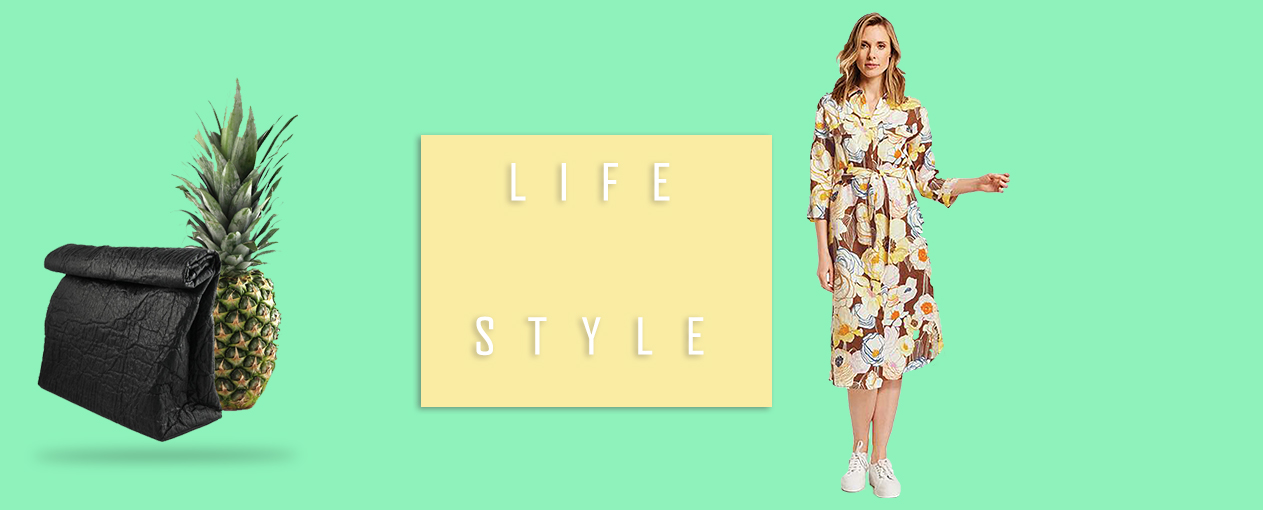From fast fashion to cotton, the list of ways we consume fashion that have an adverse effect on our environment and other species is a long one. But is there hope?
A part from consuming less, recycling and repairing, can we find clothes and textiles which are more sustainable? And if you have to buy new clothes, which fabrics should you look out for? Here are six materials or innovations which could help in the drive for a more sustainable way of life.
Pineapple “leather”
Plant or fruit “leathers”, made from waste materials, are starting to gain traction. Pintax, for example, is a material made from the leaves of pineapples grown in the Philippines. Its production is much more sustainable than traditional leather and is completely animal-free. It requires less water and no harmful chemicals that are ecologically toxic to wildlife. The leftover leaf waste is recycled and used for fertiliser or biomass. Currently the material is being used for upholstery in London.

Wool
Although not all wool farms have adequate welfare standards, and many activist organisations, such as PETA, argue that it isn’t ethical, wool is a sustainable fabric: renewable, durable and biodegradable. Additionally, farmers produce wool using techniques which sequester carbon from the atmosphere to reduce the environmental impact. The strength and resilience of the fabric – it is both flame-resistant and water-repellent – means that it lasts for a long time, reducing the need for fast fashion replacements.

Better Cotton
Cotton farming requires intensive use of pesticides and chemicals as well as gallons of water to produce just one item of cleaning. However, there are more sustainable ways of producing the fabric, which take into account the wider environment and habitats of the rest of nature. The Better Cotton Initiative, for example, supports farmers across the world to care for water, soil health and natural habitats with certain specifications.Another way of knowing what impact your T-shirt has already had is by looking out for retailers that are certified organic cotton with the GOTS (Global Organic Textile Standard) label. This means that the manufacturing process doesn’t use toxic fertilisers or pesticides which are harmful for our environment, including the workers.

Linen
Linen is made from the fibres of the flax plant. It was used by cultures as far back as the ancient Egyptians because of its durability and ability to keep people cool and absorb water. These days, when it is grown in geographically suitable areas, such as Europe, there is no need for pesticides or fertilisers and it requires much less water than cotton and is good for soil health. The material itself is hard-wearing so doesn’t need to be replaced for years and dries quicker than cotton and other fabrics.
Lyocell and other natural fibres
There is an increasing awareness that when we wash clothes made from man-made fibres they release microfibres into waterways via our washing machines. As these microfibres are harmful to other species, the drive to find natural, environmentally sustainable fibres is at an all-time high. One such material is Lyocell. The raw material is cellulose from wood pulp. It is produced under the trade name Tencel owned by a company in Austria. The fibres are biodegradable and compostable and the production process has a low environmental footprint. Wastewater is recycled, for example, and no toxic chemicals are used. Hemp, of course, is another natural fibre with a low environmental impact. Conscious designers also use cork, bamboo and even seaweed to make ethical, vegan clothes.


